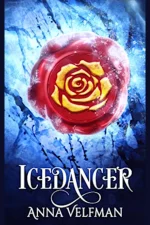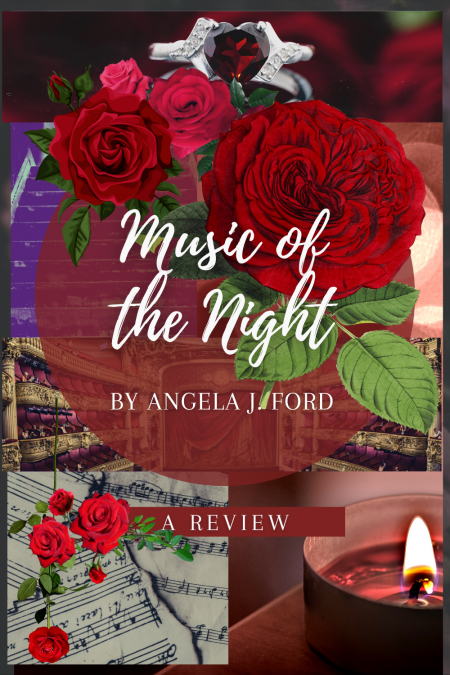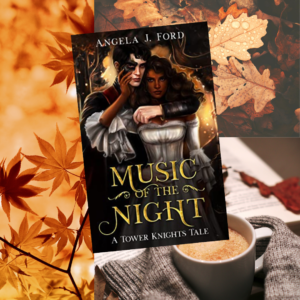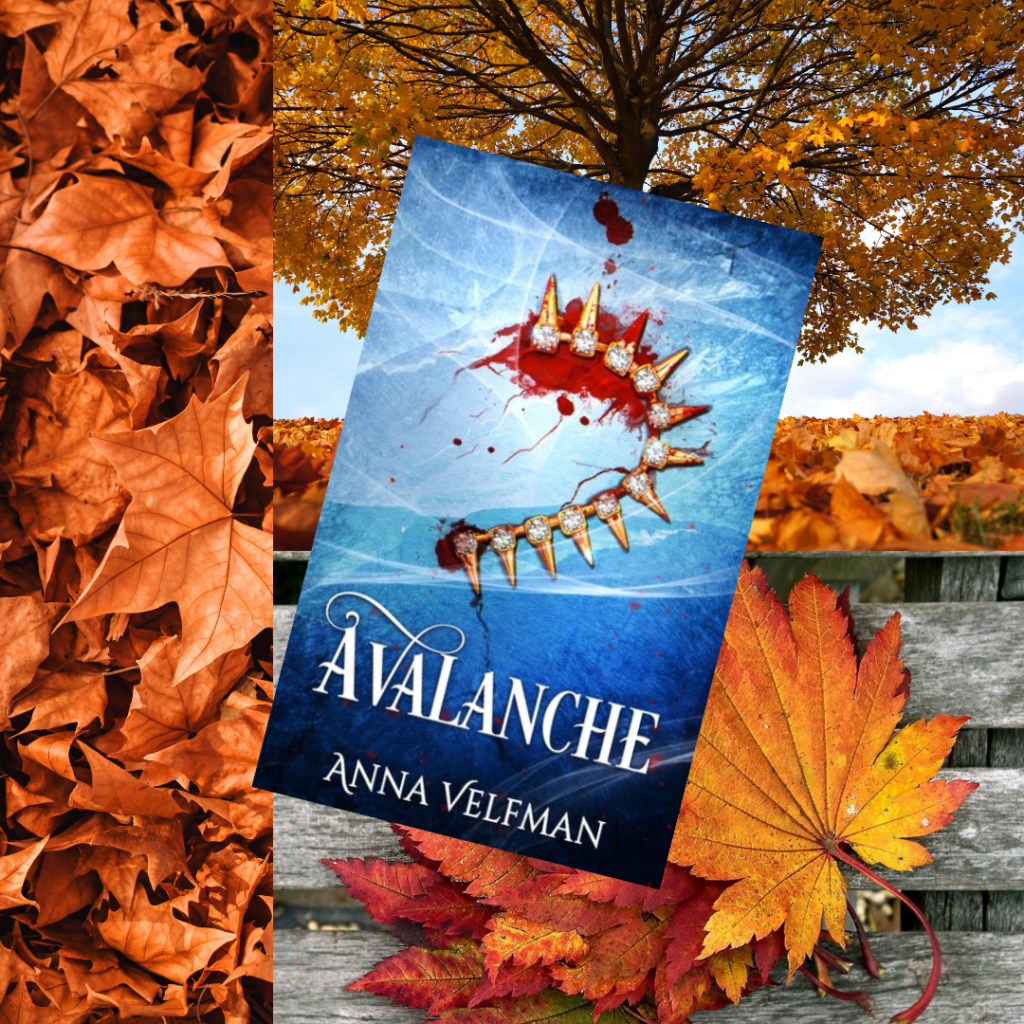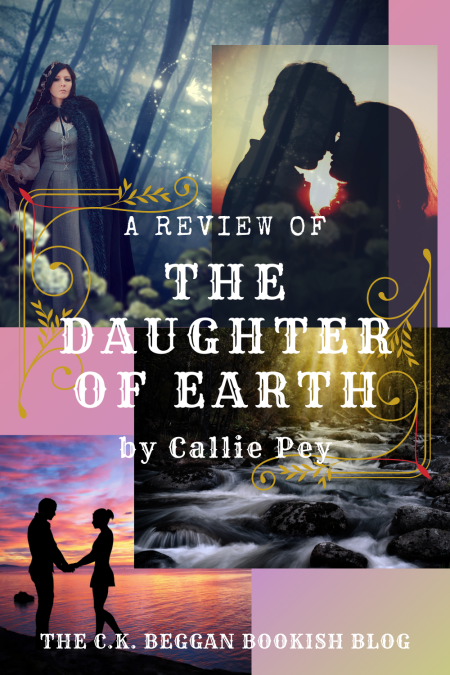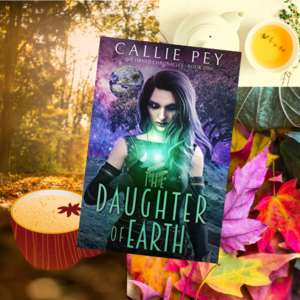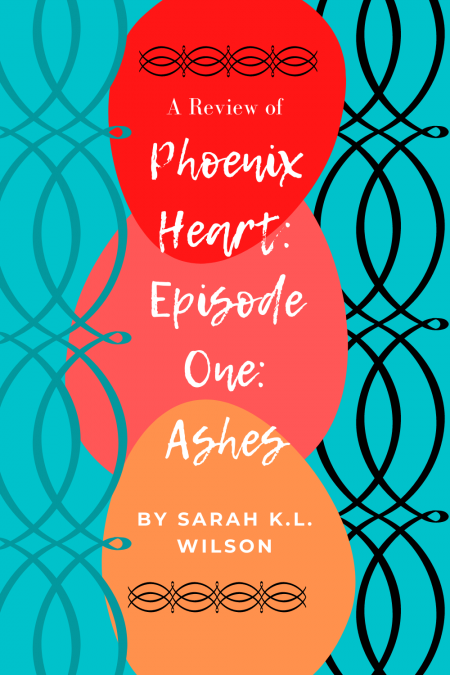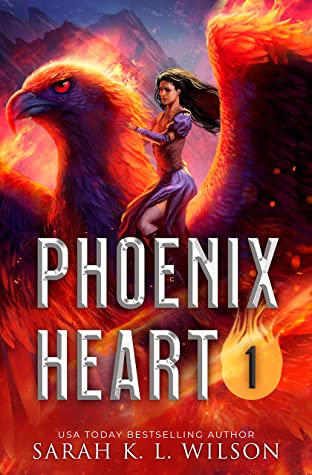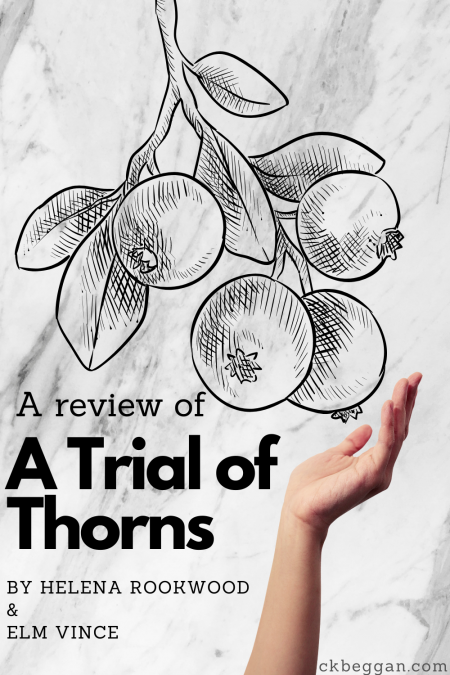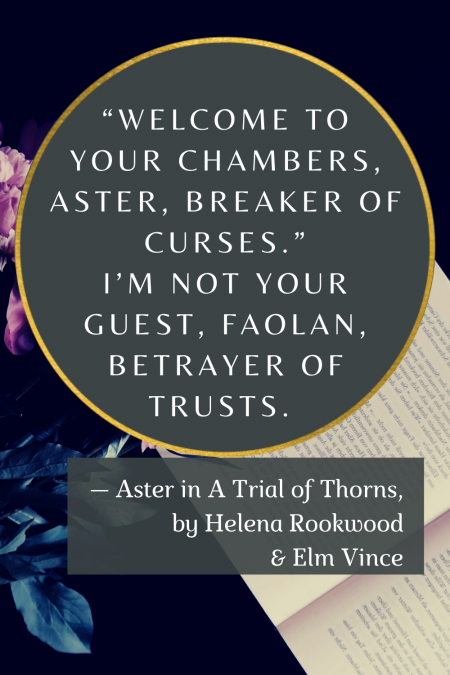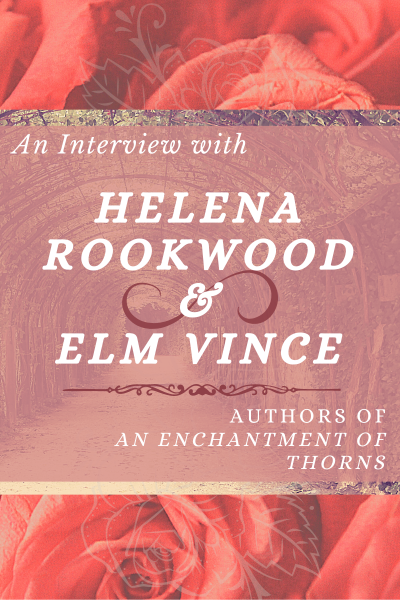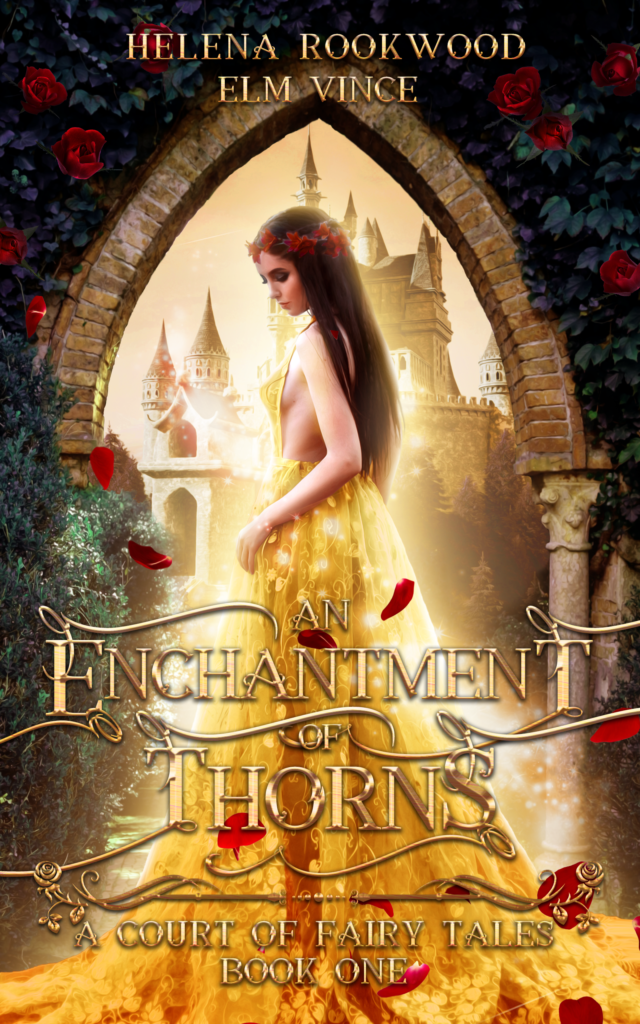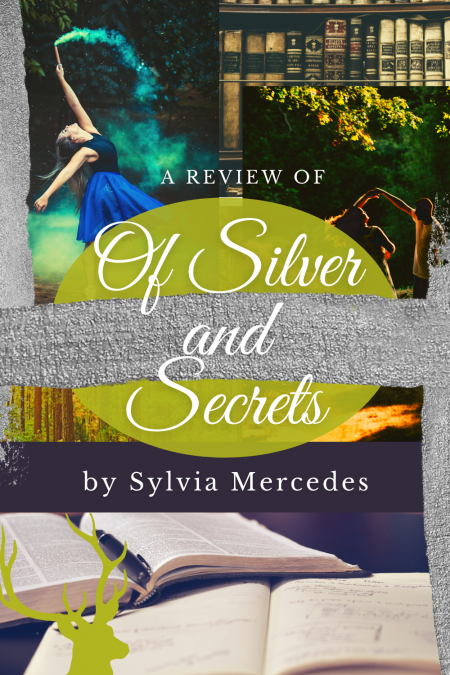
(Note: I received a free ARC in exchange for an honest review. This story also contains brief non-consentual kissing and nudity.)
If you haven’t realized it by now, I’m kind of an emotional reviewer. After book blogging for a couple years now, I also tend to mentally give stars to books as I go, knowing the rating will fluctuate at different parts of the story and then I can average them out, ideally so I don’t get swept away.
Of Silver and Secrets swept me away. I could squeal just thinking about it, and that is a noise I usually reserve for Pride and Prejudice, when Mr. Darcy finally remembers how a gentleman courts a lady.
Of Silver and Secrets is a shorter tale, once a serial release for author Sylvia Mercedes’ mailing list subscribers. It follows primary narrator Farryn’s trials as a ward witch’s dreamwalking apprentice who peeks into the wrong person’s enchanting dream. Farryn does not have the money and necessary connections to be trained as a Miphato, the erudite sorcerers of the Whispering Wood’s world. She has only the runes she’s learned from her mentor Mother Ulla (who is so perfectly described I instantly had a voice for her), and they are neither reliable nor powerful enough for the trouble she lands in.
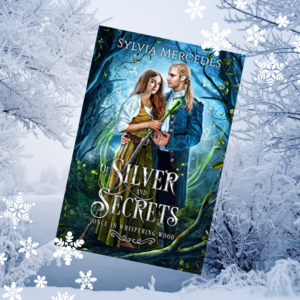
The other narrator, Kellam, is a Miphato, and a new one at that. Worse still, he’s encroaching on Farryn’s mistress’s ward with his expensive, bookish ways (his spells, unlike Farryn’s, must be written on a page). And disastrously worse still, he’s Farryn’s childhood friend who almost kissed her at a dance, then shipped off to Miphato school and NEVER WROTE HER. When it comes to Kellam, Farryn hath some fury indeed.
The plot structure is happily unusual, with a smaller but high-stakes challenge for its narrators early on (in which Farryn and Kellam first collide). Then the mid-section of the book bucks the norm and features chapter after chapter of an in-depth battle so intense and authentically tricky for the protagonists that most authors would save it for the climax. There’s no “beginning, muddle and end” in Of Silver and Secrets.
Speaking of that end…
For much of the book, I figured a solid average of four stars, with an actual rating of 4.25 at times. The dreamwalking sequences were interesting and exciting, and contains Of Silver and Secrets‘ best imagery. But I also thought Kellam’s characterization could be stronger (especially with Mother Ulla stealing the show), and that Farryn tends to dissolve into fits of cursing instead of deeper thoughts. Then the ending approached. (Cue the belated Rumplestiltskin-inspired part of the plot.)
And it was…to borrow a popular phrase, *chef’s kiss.*
The conclusion Of Silver and Secrets is so darn satisfying. In the last quarter or so of the book, the author goes full-throttle with an extremely time-sensitive, tense plot development and it is exceptional—and clever and perfectly romantic. I was completely taken by it and mentally jumping with excitement and nerves on the characters’ behalfs. I couldn’t have asked for a better ending, and this one that had me rounding up to a swoony (and appreciative) 5 stars.
To learn more about this author, visit sylviamercedesbooks.com.

